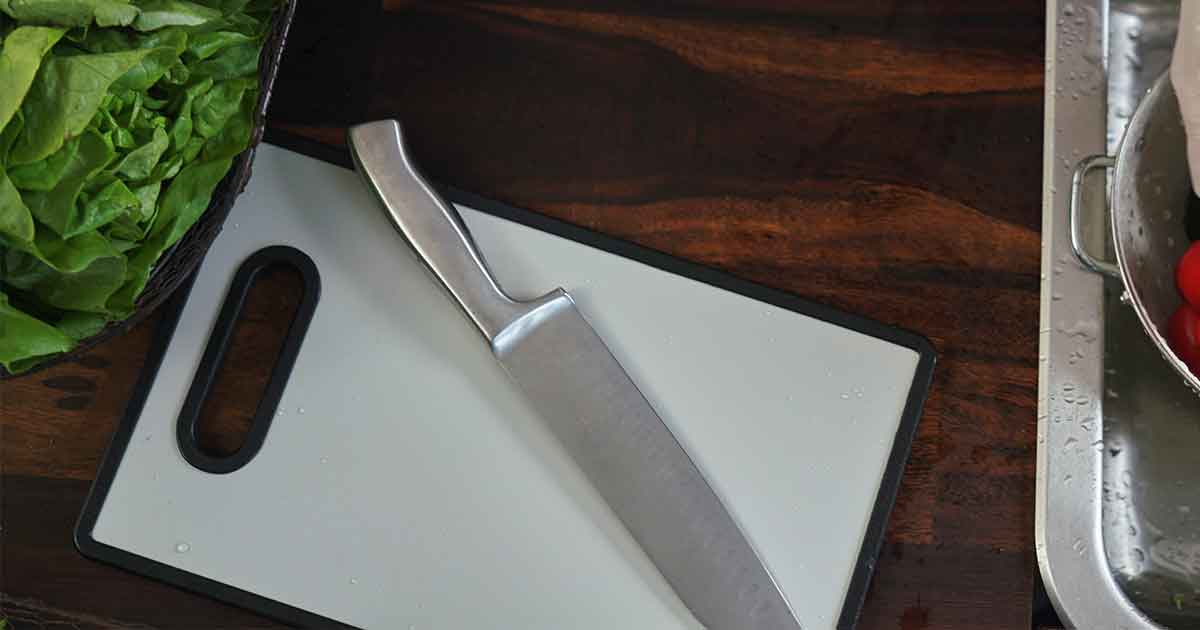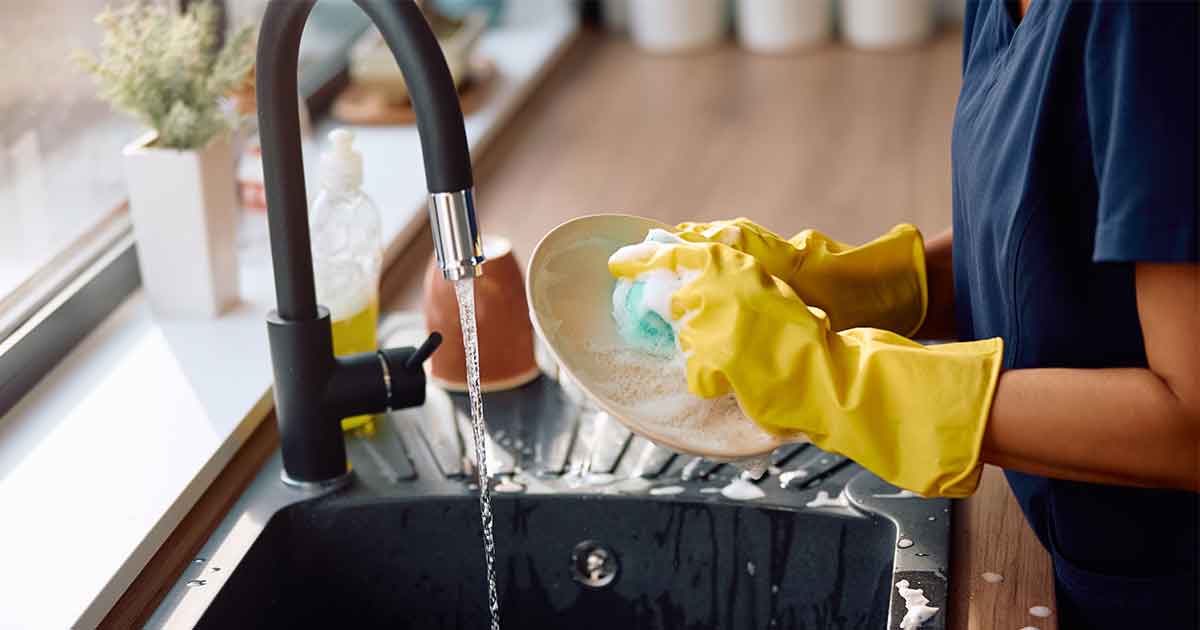True Cellular Formulas Team - October 19, 2023
A Guide to Non-Toxic Cookwar
A Vital Component of a Health-Focused Lifestyle

In today's health-conscious world, many of us carefully consider the ingredients in our food, the quality of our air, and the safety of products we use daily. Yet, an often overlooked aspect of a healthy lifestyle is the cookware we use. It's not just about what we cook but also how we cook it. The materials that make up our pots, pans, and baking dishes can have a profound effect on our health and the food's taste. Let's dive into why it's essential to select cookware that's not only efficient but also safe for our well-being.
Understanding Toxicity in Cookware
One might think, "It's just a pan. How harmful can it be?" However, the materials used in manufacturing our cookware can introduce various health risks if they start breaking down or reacting with the food.[1] A few commonly used materials have raised eyebrows over the years.
Take Teflon, for instance. While celebrated for its non-stick properties, when overheated, Teflon, or PTFE coatings, can release toxic fumes that are harmful to breathe in. There have been cases of people experiencing what's colloquially termed "Teflon flu" after inhaling these fumes, exhibiting flu-like symptoms.[2] Moreover, many have raised concerns about the long-term health effects of regular exposure to these chemicals.
Aluminum, a popular lightweight material for pots and pans, has also faced scrutiny. There's an ongoing debate over whether aluminum cookware can leach into food, particularly acidic dishes, leading to an increased intake. Some studies suggest a potential link between high levels of aluminum and neurological conditions like Alzheimer's disease.[3] While definitive conclusions have yet to be reached, it's enough to give pause to many health-conscious individuals.
And then there's copper. Aesthetically pleasing and efficient in conducting heat, copper pots and pans have been kitchen favorites for centuries. However, excessive copper intake can be harmful. If the protective lining inside these pots wears off, copper might leach into the food.[4]
With all this said, it's essential to recognize that not every piece of cookware poses a risk, and some concerns might be overblown. However, being informed and understanding potential risks allows us to make better choices for our health and our families. As we continue, we'll explore the best alternatives for those seeking safer cookware options.
Safe and Non-Toxic Cookware Materials
- When it comes to safe and non-toxic cookware, there are several materials that have stood the test of time, proving both efficient in the kitchen and harmless to our health.
- Stainless Steel is one of the most popular choices among professional chefs and home cooks alike. Known for its durability and resistance to corrosion, stainless steel doesn’t react with acidic foods, making it a great all-around option for a variety of dishes. Moreover, a high-quality stainless steel doesn't leach any metals into your food, ensuring that your meals remain uncontaminated. Note that cheaper stainless steel (like the 18/10 304 grade of stainless steel can still leach metals into your food).[5]
- Cast Iron pans have been beloved for centuries, known for their impressive heat retention and natural non-stick qualities once properly seasoned. An added health benefit is that cast iron can introduce small amounts of iron into our diet, which is essential for many bodily functions. While this might sound like a concern for iron overload, the amount is minimal and typically beneficial for those with iron-deficient diets.
- Ceramic cookware, whether it's pure ceramic or ceramic-coated, offers a naturally non-stick surface without the harmful chemicals found in some modern non-stick pans. These pots and pans require a bit more care to prevent chipping, but they ensure that no toxic materials come in contact with your food.
- Glass has been a go-to for bakeware for a long time. Transparent, non-reactive, and toxin-free, glass is an excellent choice for baking dishes and even some pots. It's especially handy when you need to monitor the progress of your dish without lifting the lid.
- Carbon Steel shares many properties with cast iron but is often lighter and heats up more quickly. Perfect for sautéing and frying, carbon steel pans are safe, provided they are well-seasoned and maintained.
- Natural Stone, like soapstone, has been used in some cultures for cookware. While not as common in modern kitchens, these offer a unique cooking experience and are completely natural and non-toxic.
Recognizing Safe Non-Stick Alternatives
The allure of non-stick pans is undeniable: easy cooking with minimal oil and even easier cleanup. But, as we've touched upon earlier, some non-stick coatings can introduce harmful chemicals into your environment. The good news is that advancements in cookware technology have given rise to safer, non-stick alternatives.
Modern non-stick coatings, especially those labeled PFOA-free, are generally safer than their older counterparts. Still, it’s essential to research each brand and ensure that they uphold strict safety standards. Always use them correctly: avoid overheating and refrain from using metal utensils, which can scratch and damage the surface, potentially releasing unwanted chemicals.
Another tip is to seek out pans labeled as "ceramic non-stick." These pans use a natural mineral-based coating that doesn’t release harmful fumes, even when overheated.
Ultimately, while non-stick pans offer convenience, they should be used thoughtfully. Proper care and attention to the materials and brand reputation can ensure that your non-stick experience is not just effortless but also safe.
Care and Maintenance for Non-Toxic Cookware
Choosing non-toxic cookware is only half the battle; the real challenge lies in ensuring they last and function at their best. Proper care can extend the life of your cookware, keep them looking new, and ensure they remain safe and non-reactive for years to come.
- For Stainless Steel, regular cleaning with mild soap and water will usually suffice. If food sticks or burns, a paste made from baking soda and water can be gently scrubbed onto the surface to remove residues. Avoid using steel wool or abrasive pads, as they can scratch the surface.
- Cast Iron requires a different approach. It's best cleaned with just water and a stiff brush, and it's vital to dry it immediately to prevent rust. To maintain its non-stick quality, a light coating of oil after cleaning helps to season the pan. Over time, this seasoning builds up, creating a natural non-stick layer.
- Ceramic pots and pans should be cleaned with soft sponges or cloths to prevent chipping or scratching the surface. Avoid sudden temperature changes, as ceramic can crack if exposed to drastic shifts.
- Glass bakeware is relatively easy to maintain. Most are dishwasher safe, but always check manufacturer guidelines. As with ceramic, avoid sudden temperature changes to prevent cracking.
- For Carbon Steel pans, care is similar to cast iron. They should be seasoned and kept dry to prevent rust. After cooking, a quick wipe-down usually suffices, and they can be occasionally washed with mild soap.
- While Natural Stone cookware is less common, if you own one, remember that stone retains heat and cold for extended periods. Allow it to cool or warm slowly, and clean using mild soap and water.
Summary
The tools we use in our kitchens play a pivotal role in both our culinary endeavors and our health. As we invest time and care into our meals, it's equally essential to choose cookware that's safe and sustainable. By being informed and prioritizing non-toxic options, we ensure a healthier cooking environment for ourselves and our loved ones. Here's to making mindful choices for a safer, more delicious dining experience!
- Dordevic, Dani et al. “Aluminum contamination of food during culinary preparation: Case study with aluminum foil and consumers' preferences.” Food science & nutrition vol. 7,10 3349-3360. 9 Sep. 2019, doi:10.1002/fsn3.1204
- Fumes from burning plastic, welding, and “Teflon flu.” Poison Control. (n.d.). https://www.poison.org/articles/fumes-from-burning-plastic-welding-and-teflon-flu-223
- Kawahara, Masahiro, and Midori Kato-Negishi. “Link between Aluminum and the Pathogenesis of Alzheimer's Disease: The Integration of the Aluminum and Amyloid Cascade Hypotheses.” International journal of Alzheimer's disease vol. 2011 276393. 8 Mar. 2011, doi:10.4061/2011/276393
- “Cooking Utensils and Nutrition.” Mount Sinai Health System, www.mountsinai.org/health-library/nutrition/cooking-utensils-and-nutrition. Accessed 18 Oct. 2023.
- Henn, Danny. “What Makes Healthy Cookware?” Heritage Steel, 24 Mar. 2022, www.heritagesteel.us/blogs/cookware-knowledge/what-makes-healthy-cookware.



